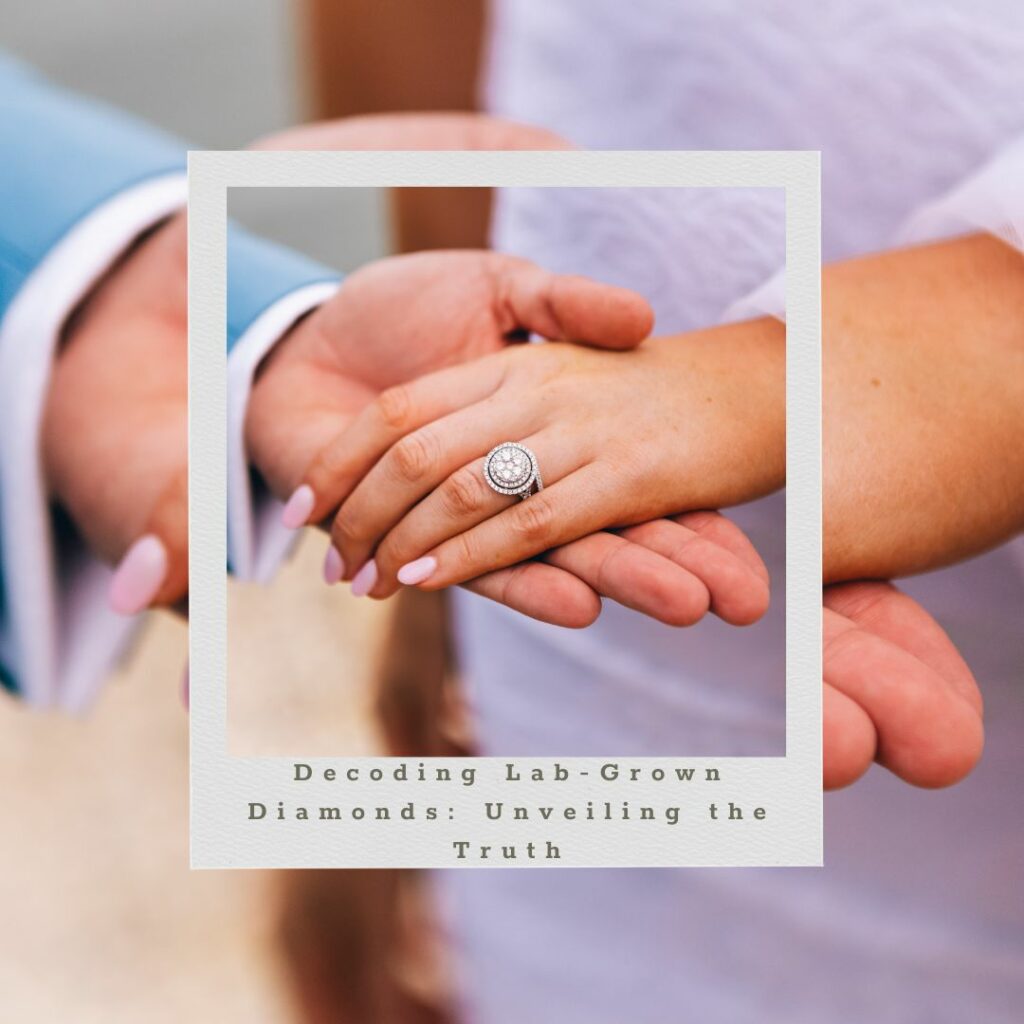Lab-grown diamonds have revolutionized the jewelry industry, offering a sustainable and ethical alternative to natural diamonds. As consumers become more conscious of their purchasing decisions, the debate between lab-grown and natural diamonds intensifies. Let’s delve into the intricacies of lab-created diamonds, comparing them to their natural counterparts and exploring how they are made.
Originating from controlled laboratory environments, lab-grown diamonds are cultivated using cutting-edge technology that mimics the natural diamond formation process. In contrast, natural diamonds are formed deep within the Earth’s mantle over millions of years through geological processes, then mined from the earth’s surface.
One of the primary differences between lab-grown and natural diamonds lies in their production method. While natural diamonds are extracted through mining, lab-created diamonds are grown under controlled conditions using techniques such as Chemical Vapor Deposition (CVD) or High Pressure High Temperature (HPHT) processes.
Lab-grown diamonds offer several advantages over natural diamonds. Firstly, they are typically more affordable, with prices averaging 20-40% less than natural diamonds of comparable quality. Additionally, lab-grown diamonds are considered more ethical and sustainable, as they require minimal environmental disruption and have a smaller carbon footprint compared to mined diamonds.
When it comes to appearance and quality, lab-grown diamonds are virtually identical to natural diamonds. They exhibit the same optical and physical properties, including hardness, brilliance, and fire. Both lab-created and natural diamonds are graded using the same standards by renowned gemological laboratories like the Gemological Institute of America (GIA) and the International Gemological Institute (IGI).
Despite these similarities, some argue that natural diamonds possess a certain rarity and mystique that cannot be replicated by lab-grown diamonds. However, advancements in technology have enabled lab-created diamonds to achieve exceptional quality and beauty, challenging conventional perceptions of diamond authenticity.
Can you tell the difference between lab-created diamonds and natural diamonds? In most cases, the answer is no. To the naked eye, lab-grown diamonds are virtually indistinguishable from natural diamonds. Both types of diamonds undergo rigorous testing and certification by reputable gemological laboratories to ensure their authenticity and quality.
In conclusion, the debate between lab-grown and natural diamonds centers on authenticity, value, and sustainability. While natural diamonds hold historical significance and allure, lab-grown diamonds offer a more affordable, ethical, and environmentally sustainable alternative. Whether you choose a lab-grown or natural diamond ultimately depends on your personal preferences and values.
Diamocycle, along with other reputable providers, offers a wide selection of lab-grown diamonds, including engagement rings, jewelry, and loose stones. With Diamocycle, you can explore the beauty and brilliance of lab-grown diamonds while making a conscious and sustainable choice. Experience the future of diamonds with Diamocycle today.

